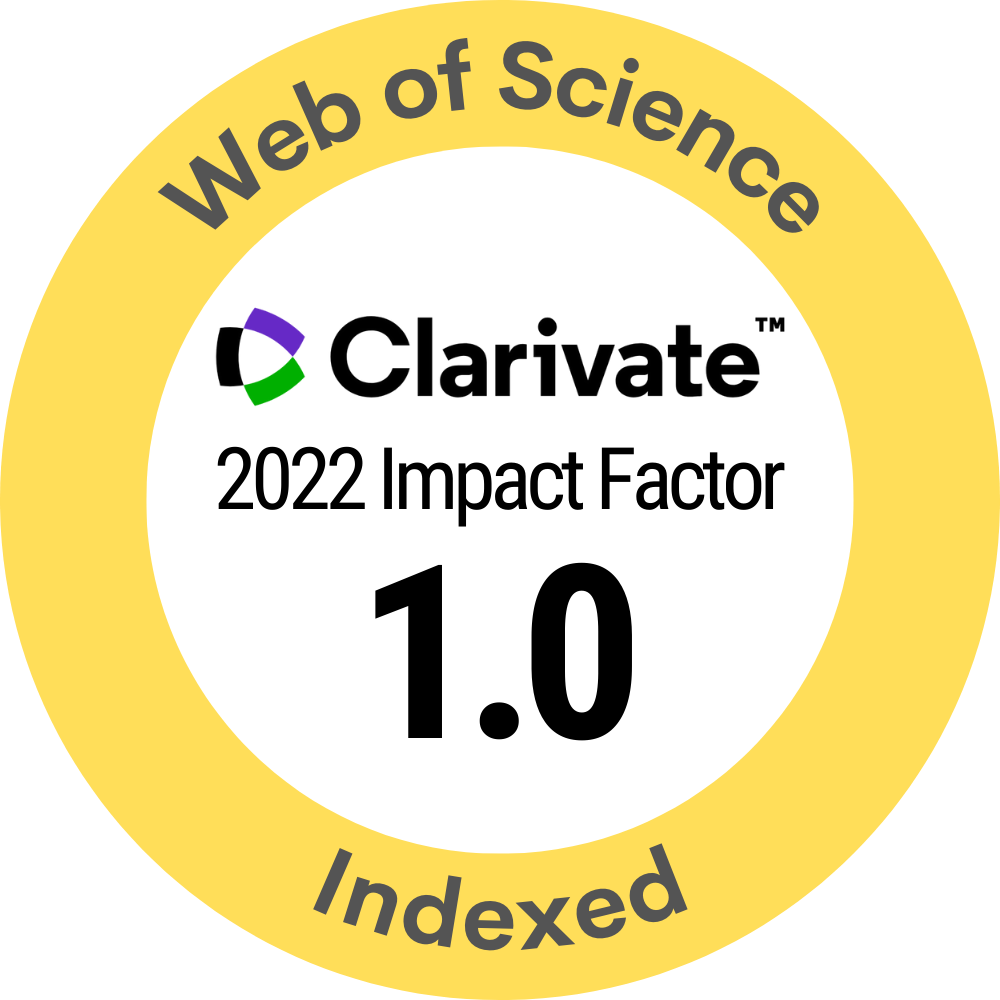Emission and Combustion Characteristics of Different Fuel In A HCCI Engine
DOI:
https://doi.org/10.15282/ijame.3.2011.5.0024Keywords:
HCCI, two stage ignition, NOx, bio-diesel, variable valve actuationAbstract
Different intake valve timings and fuel injection amounts were tested in order to identify their effects on exhaust emissions and combustion characteristics using variable valve actuation (VVA) in a Homogeneous Charge Compression Ignition (HCCI) engine. The HCCI engine is a promising concept for future automobile engines and stationary power plants. The two-stage ignition process in a HCCI engine creates advanced ignition and stratified combustion, which makes the ignition timing and combustion rate controllable. Meanwhile, the periphery of the fuel-rich zone leads to fierce burning, which results in slightly high NOx emissions. The experiments were conducted in a modified single cylinder water-cooled diesel engine. In this experiment we use diesel, bio-diesel (Jatropha) and gasoline as the fuel at different mixing ratios. HCCI has advantages in high thermal efficiency and low emissions and could possibly become a promising combustion method in internal combustion engines.







